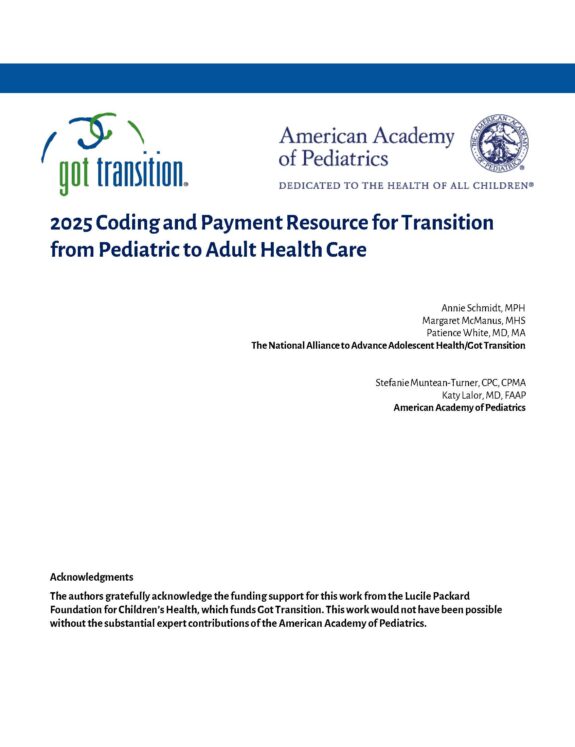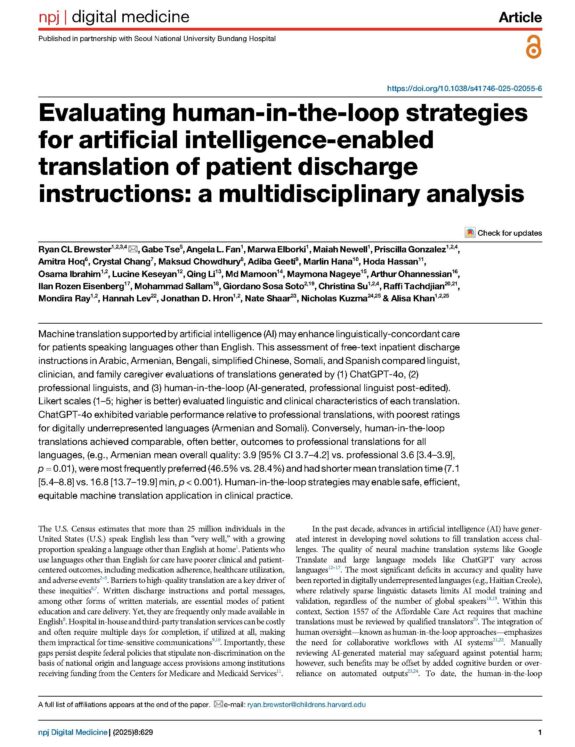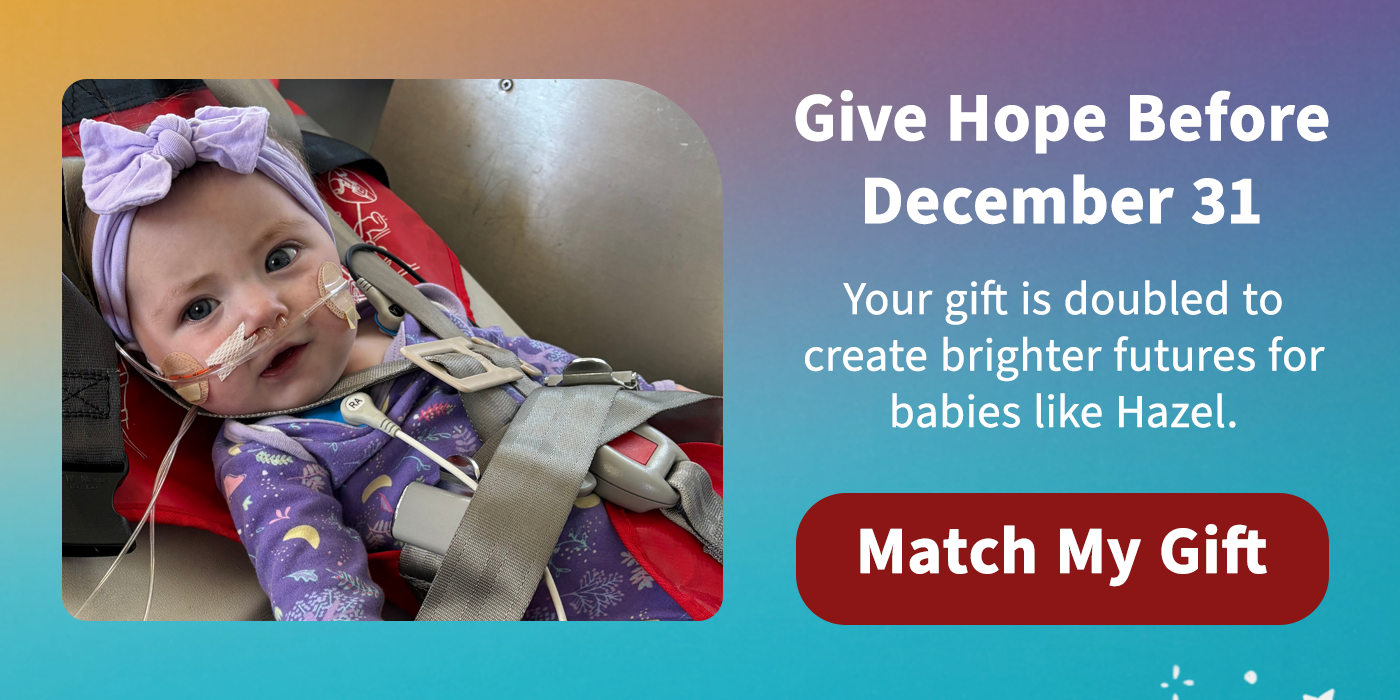Profile: Jim Santucci, CPA, Executive Director, Kara
Parents of seriously ill children traditionally have faced a grim choice: to receive palliative care for their children, they must first abandon the treatments that might cure them.
Jim Santucci, executive director of Kara, a San Francisco Bay Area grief support organization, has personal experience in navigating those heart-wrenching and difficult decisions and has been working to improve pediatric palliative care for California children.
Palliative care, which seeks to relieve physical suffering, pain and fatigue, also includes psychological and spiritual dimensions. For example, the medical team may help with pain management in the home or a social worker may help families access mental health counseling.
For the last five years, Santucci has been a health advocate and involved with Children’s Hospice and Palliative Care Coalition (CHPCC). CHPCC’s pioneering work led to securing a federal waiver in 2006 that would allow children covered by Medi-Cal to receive both palliative/hospice care and curative care at the same time. In addition to leading Kara, Santucci serves on the board and is chair of the family advisory council of CHPCC, and also volunteers for the Bereavement and Family Guidance Program at Lucile Packard Children’s Hospital.
The waiver allowed the creation of the Partners for Children (PFC) demonstration project, which serves seriously ill children and youth under 21 who are covered by Medi-Cal. Children covered by private insurance typically must forgo curative care to qualify for hospice or palliative care, Santucci said, although individual insurers’ policies vary widely; the waiver does not affect privately insured children.
The PFC program enables children with potentially life-threatening conditions to receive in-home palliative care concurrent with curative and life-prolonging treatments regardless of the child’s life expectancy. Without PFC, Medi-Cal children would qualify for palliative care services only if they were diagnosed with six or fewer months to live.
Families participating in the PFC program are offered care coordination, respite care and 24/7 access to a nurse familiar with their child’s case. Children also can receive some services in their homes, rather than in hospitals.
“The mindset of going from acute treatment to end-of-life treatment seems very scary,” Santucci said. The program “takes that ‘giving up’ feeling away—parents don’t have to feel like they have to make a choice between end-of-life care and trying to cure their child,” Santucci added. “It creates a better family environment overall.”
The Partners for Children program is available in nine California counties: Fresno, Los Angeles, Marin, Monterey, Orange, San Francisco, Santa Clara, Santa Cruz, and Sonoma. It recently was extended through 2017, and the California Children’s Services agency, which oversees the program, plans to expand it to as many as 14 additional counties.
A 2012 UCLA evaluation found that the demonstration project resulted in an average annual cost savings of $1,677 per child—”an 11% decrease in spending on a traditionally high-cost population,” the study’s authors noted. Families reported high satisfaction with the program, as well as lower stress in caring for their children.
“There’s bulletproof data on this way of caring for families,” Santucci said. State health officials paid attention, he said, noting that they are now looking to apply the model to an adult program.
But while the demonstration project was successful, expanding the PFC program to new regions remains a challenge, Santucci said.
About 250 children have entered the program since it began in 2010. The program serves about 85 children on any given day, and many of the children have been with the program for more than two years, Santucci said.
But it has been difficult to recruit more providers, such as home health agencies and hospices, throughout the state, he said.
“We are making slow headway [in getting new providers],” Santucci said. “It’s a monetary issue. Their [Medi-Cal] reimbursement rate is not enough.”
Despite the challenges, Santucci remains hopeful about the program’s expansion, noting that “this type of care should be available to everyone.”
photo credit: Jim Santucci



